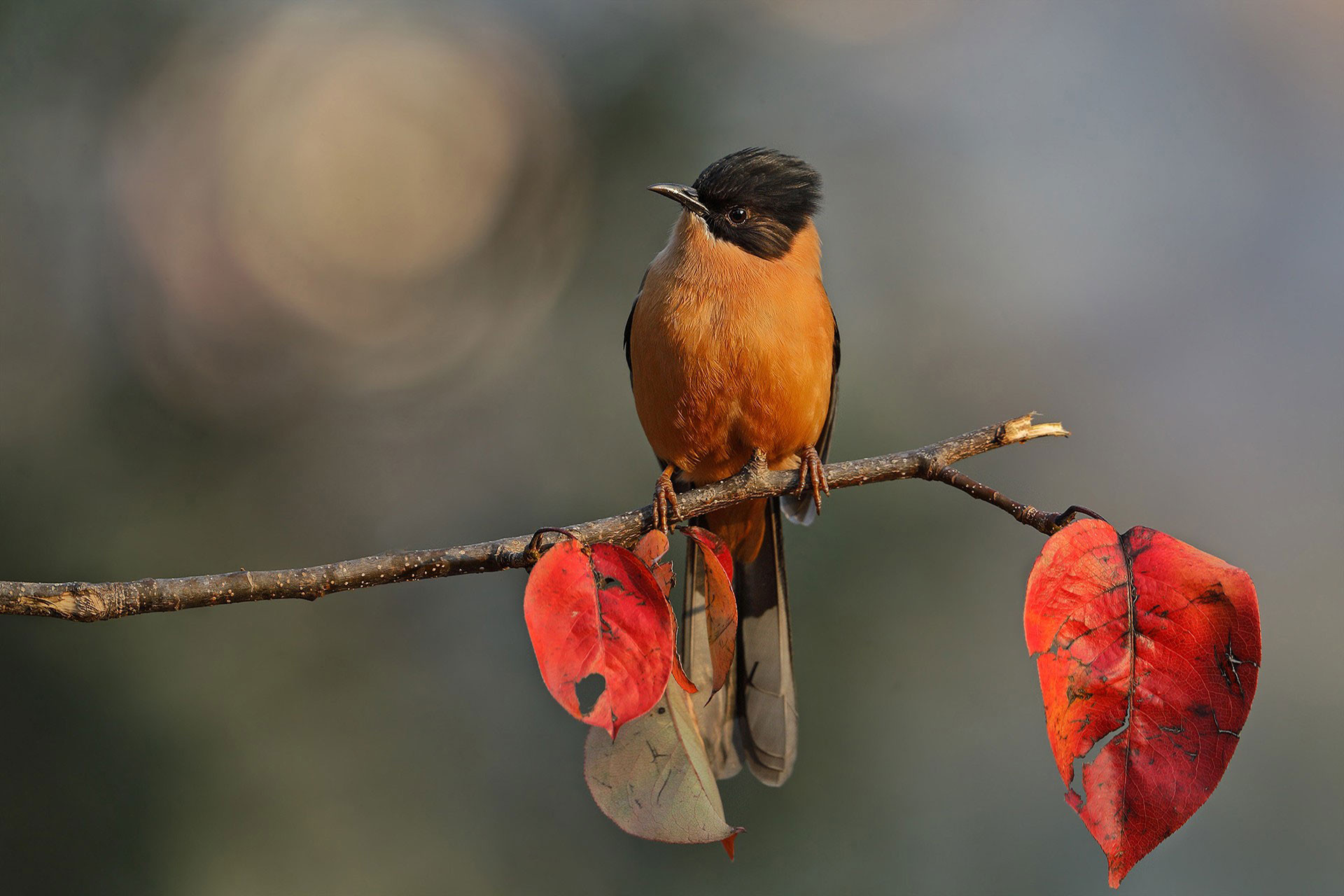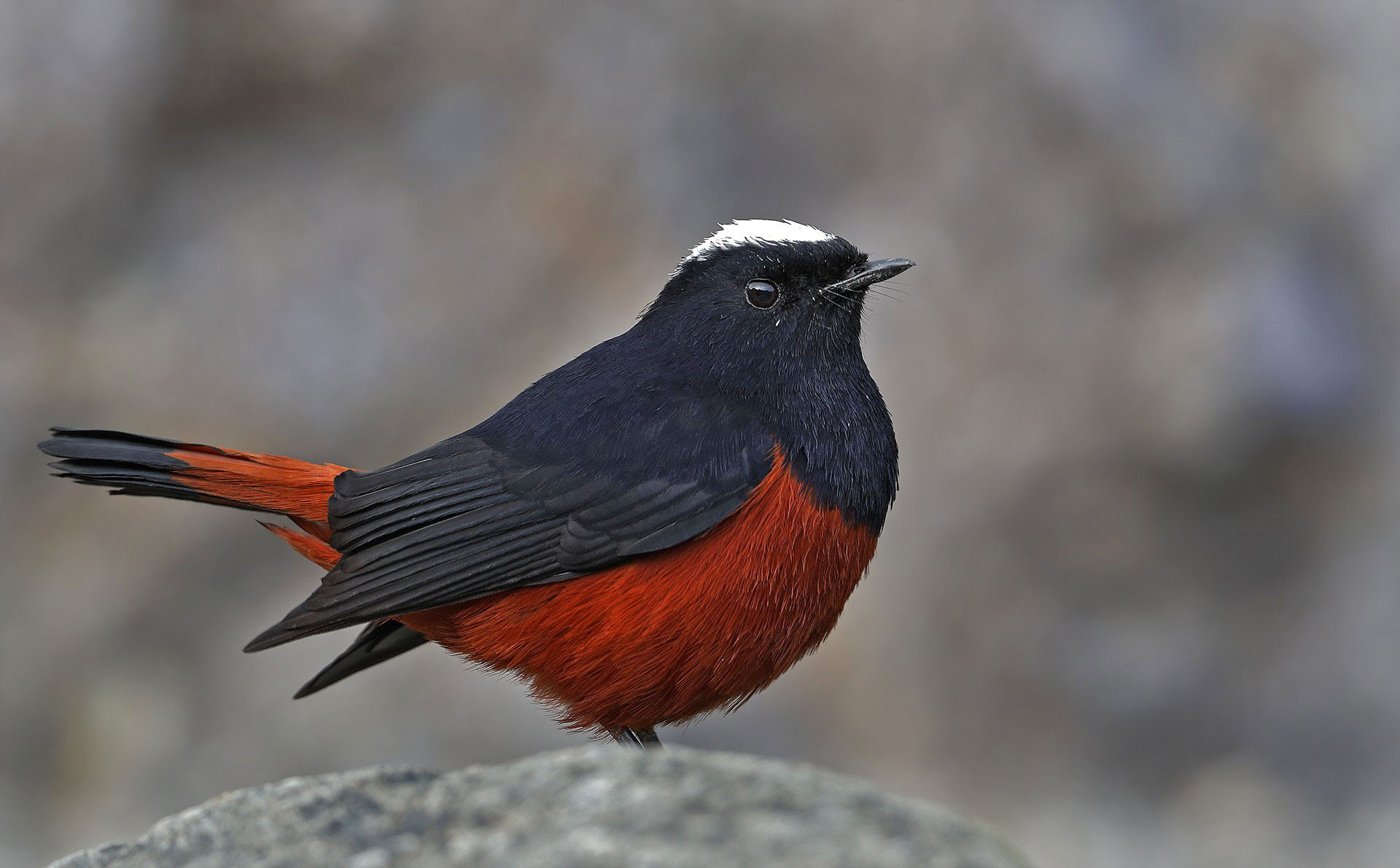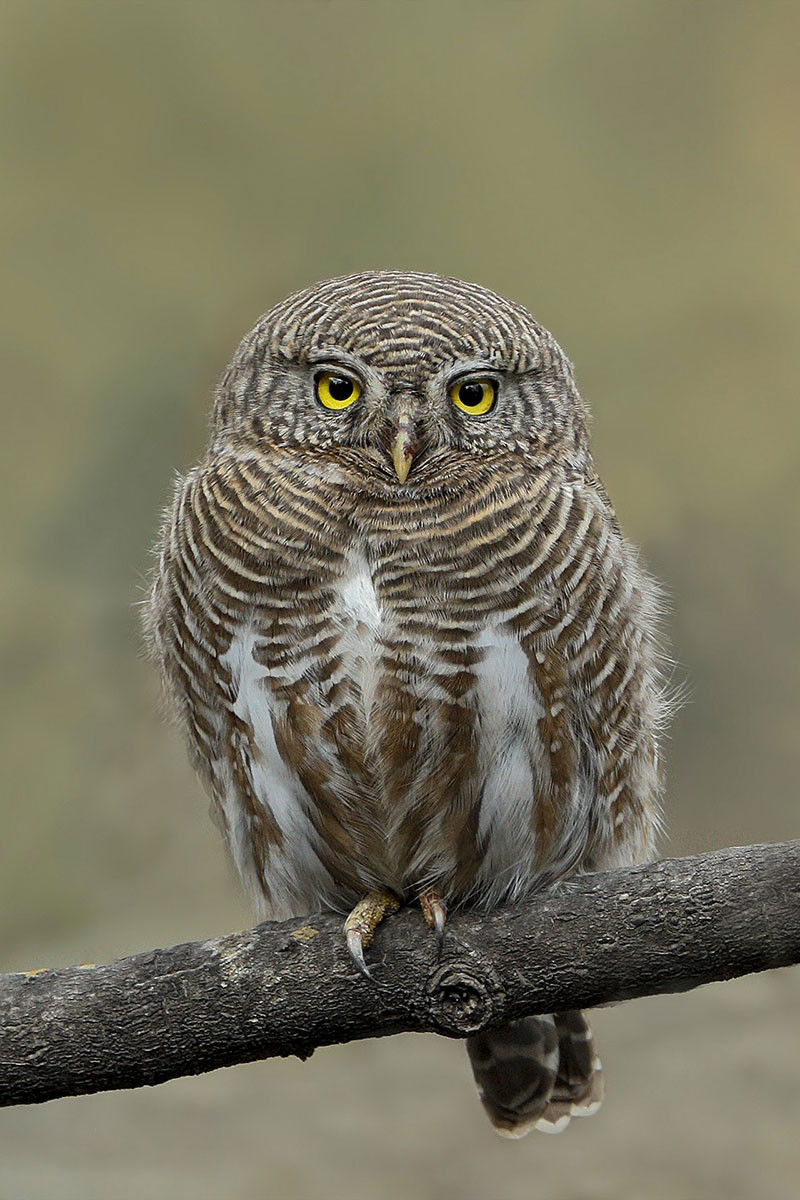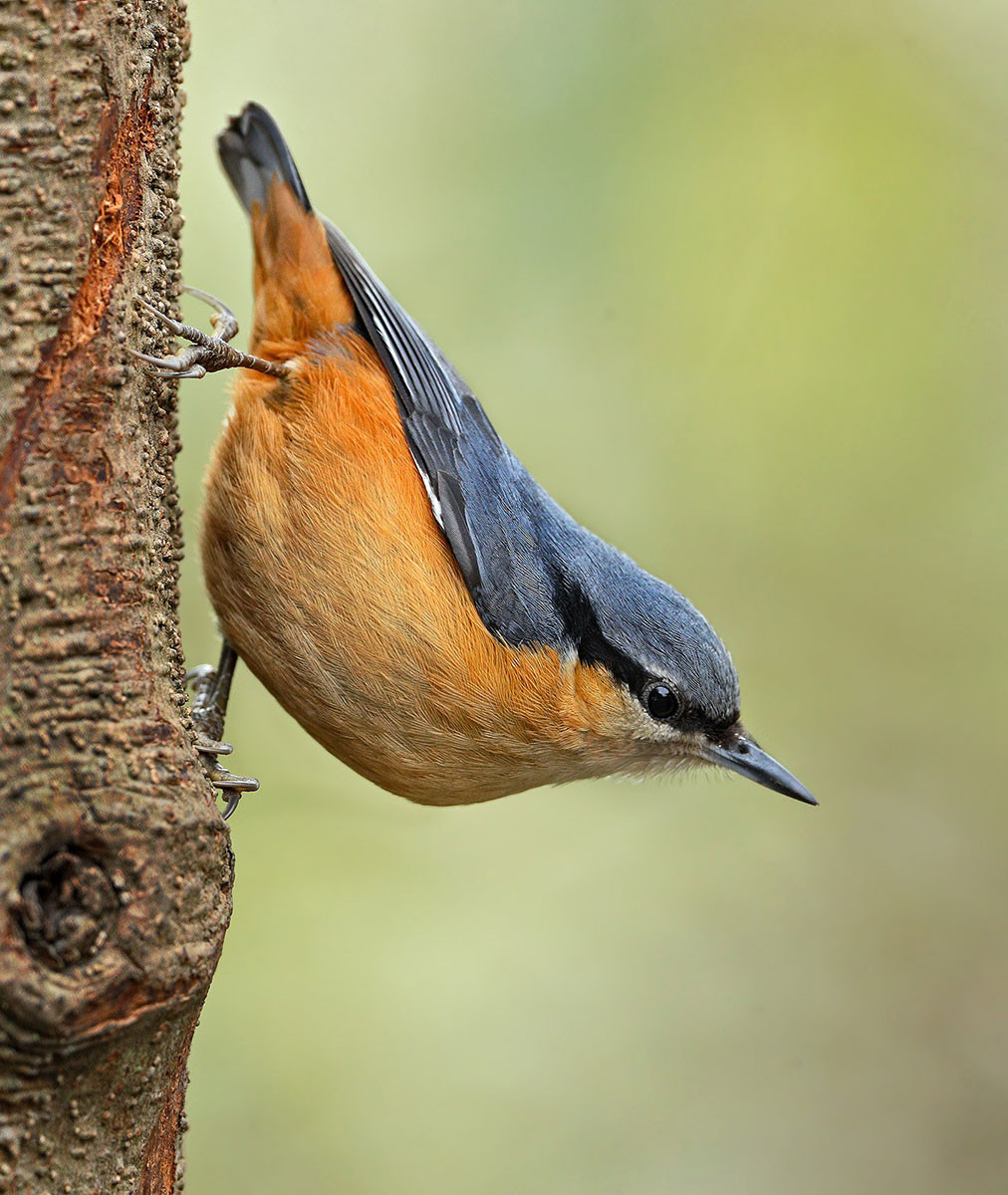Sattal, which translates to seven lakes, is a cluster of seven interconnected lakes in Nainital. Located at the foothills of the Himalayas, the region is nestled within fragrant forests of oak and pine.
Year-round, hundreds of species of birds are drawn to this picturesque, forested freshwater habitat. That makes Sattal a popular destination for nature lovers, especially birdwatchers. It’s also a great chance for photographers to capture some striking frames.
And if you’re planning a Sattal birding trip, here's everything you need to know before you go.

















